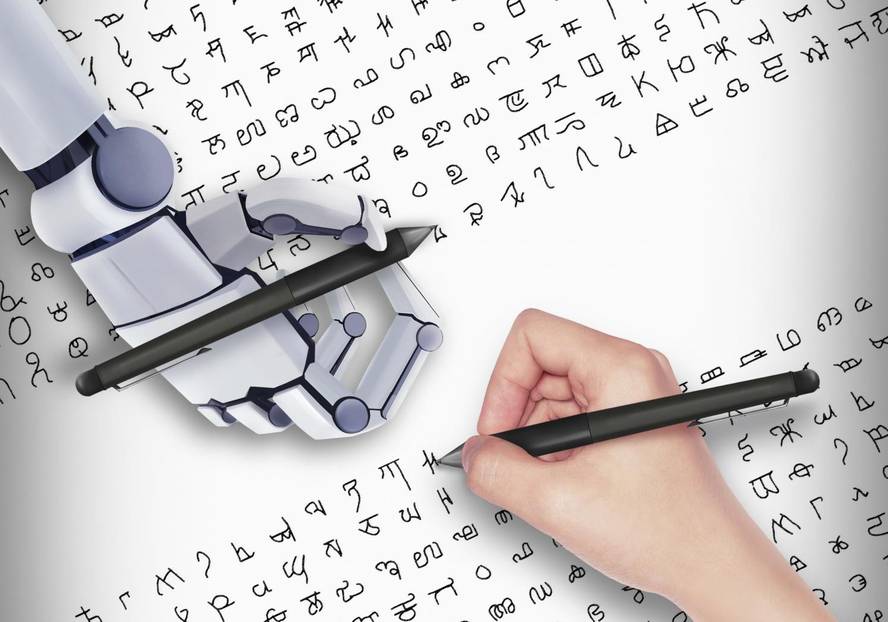A computer manages to know letters at first sight
According to researchers, artificial intelligence systems require many examples to know a concept. For example, to know any tree, that is, to become aware of the concept of tree, you have to teach them before thousands of examples of different trees. In adult humans, this is not necessary: just see one or a few trees to understand the concept of tree and identify any tree.
Now computers have also managed to do it, but not with trees, but with letters. Thus, through a Bayesian learning program, the computer has the ability to recognize letters, both written by hand and by computer.
In fact, by presenting to the computer a letter written by two people, the program is able to identify the parts they have in common and differentiate the relationships that exist between them. And from there you have the ability to identify a lot of versions of the same letter. It is even able to recognize other letters of the same alphabet.
The research, published in the journal Science, represents a significant advance in artificial intelligence, according to its authors.
However, in the field of artificial intelligence other pathways based on neural network networks, the éstar, are also being developed. According to Gorka Azkune, the latter, for the moment, are more general than Bayesian programs and have a more flexible way of representing information.
According to Azkune, this program developed by researchers from New York and Toronto gives excellent results in a very complicated task (learning with a one shot learning or few examples), but states that it has been designed to respond to a specific problem, the classification of letters. “So to some extent it’s normal that it works well.”
He says, however, that he does not know how he would react to a complex problem. “The authors already advance these problems in the article, so you will have to see the results of their work. Deep neural networks start from zero and serve for many cases, they are general. Natural language, images… work on almost any information.” It will not be surprising, therefore, that this path also involves significant advances in the field of artificial intelligence.






